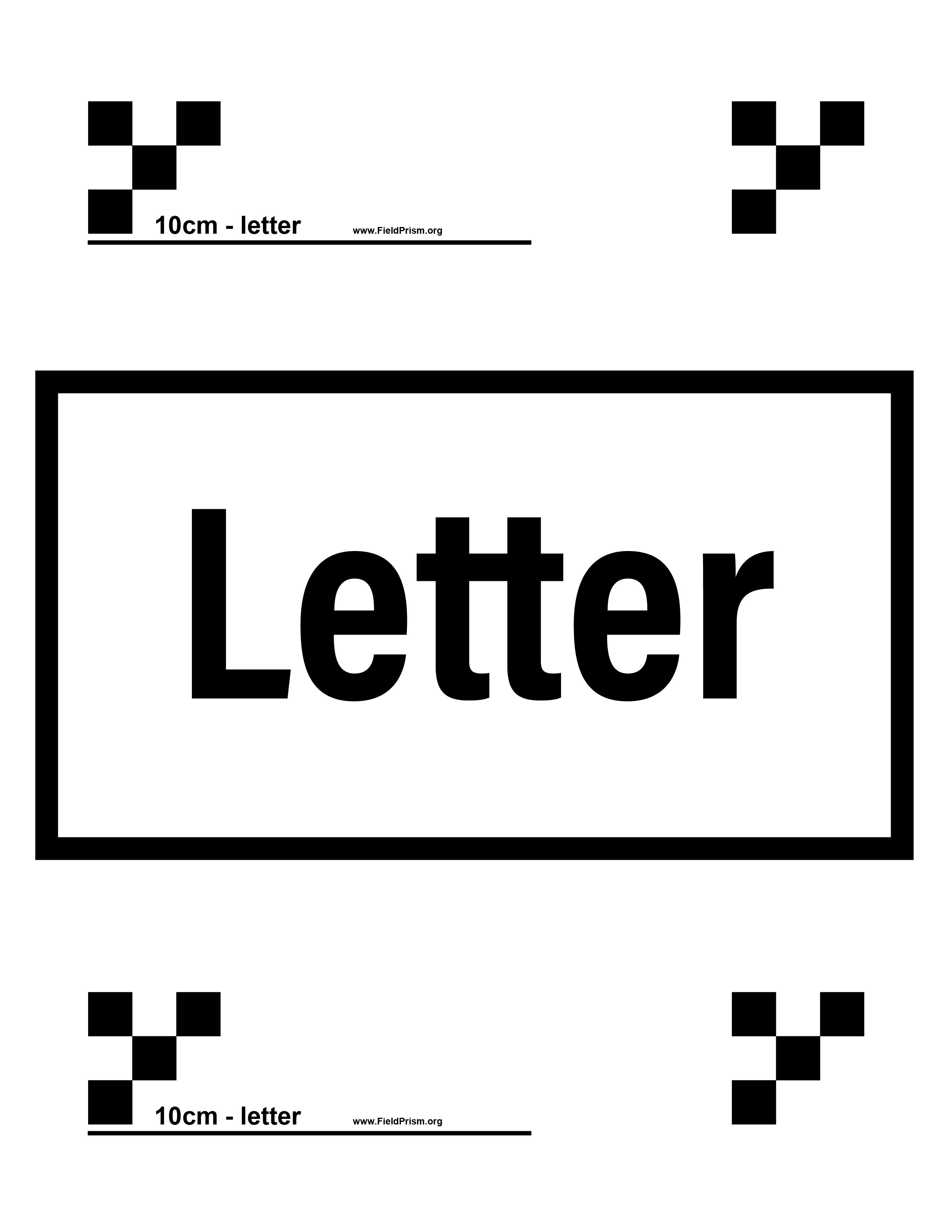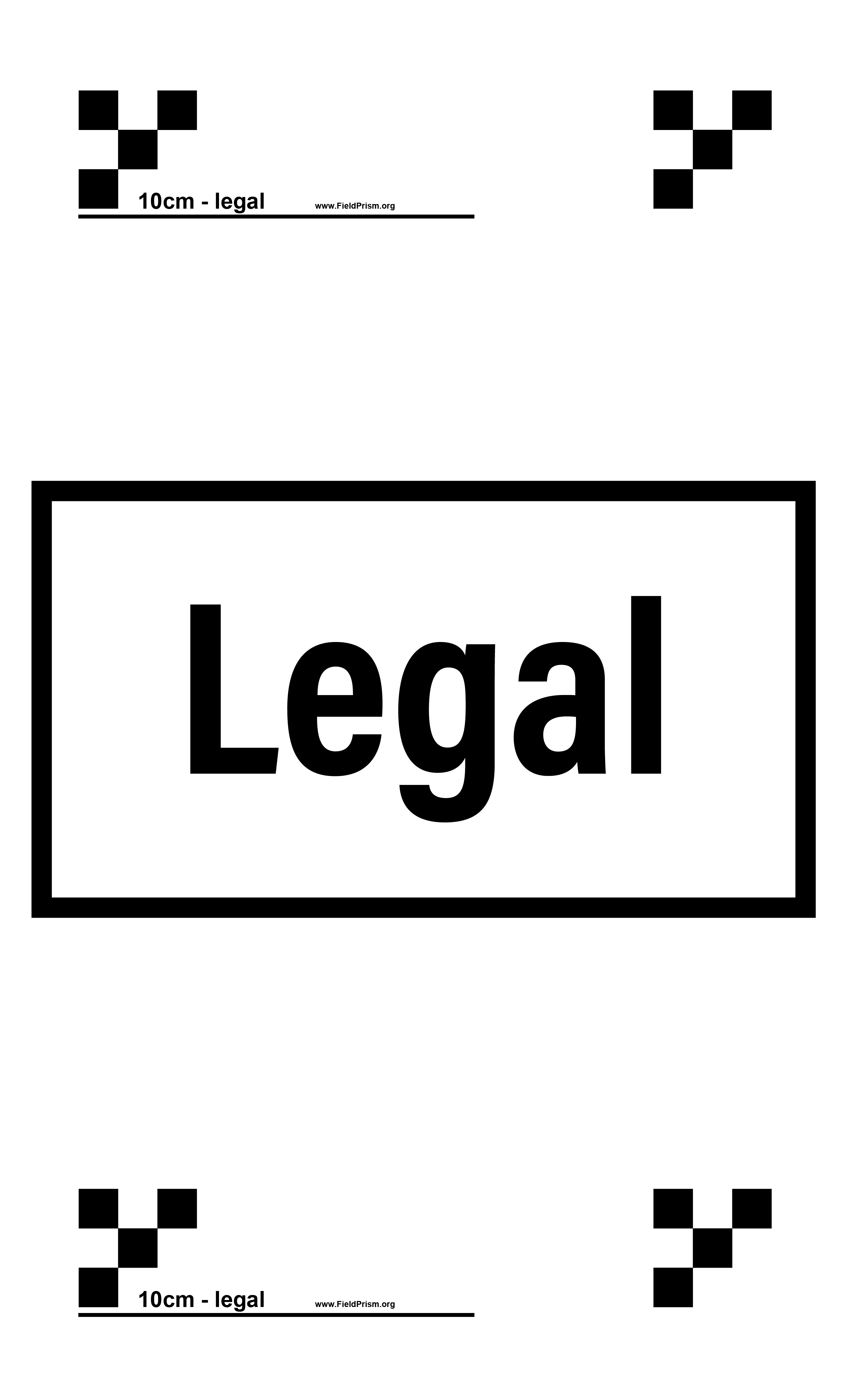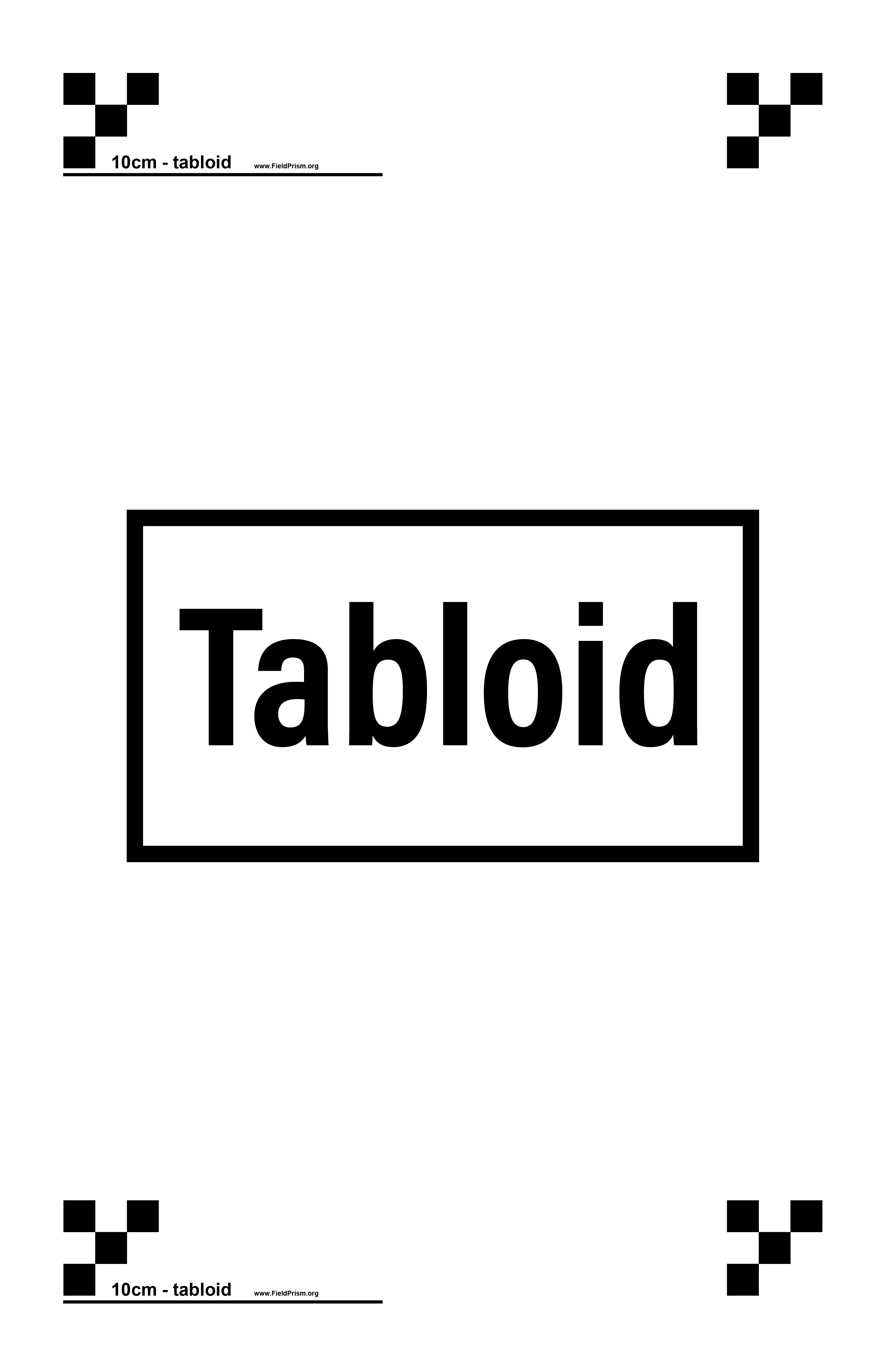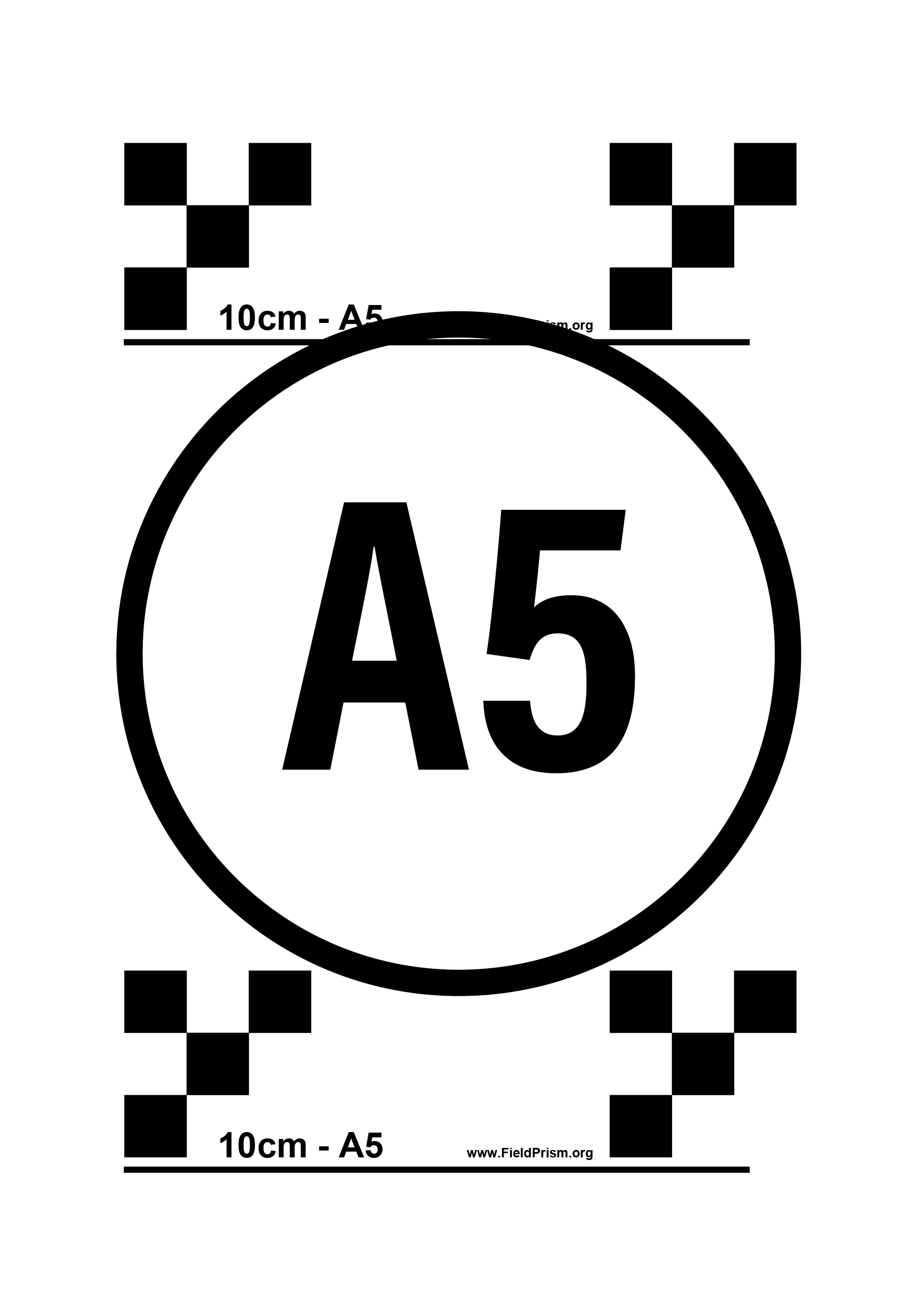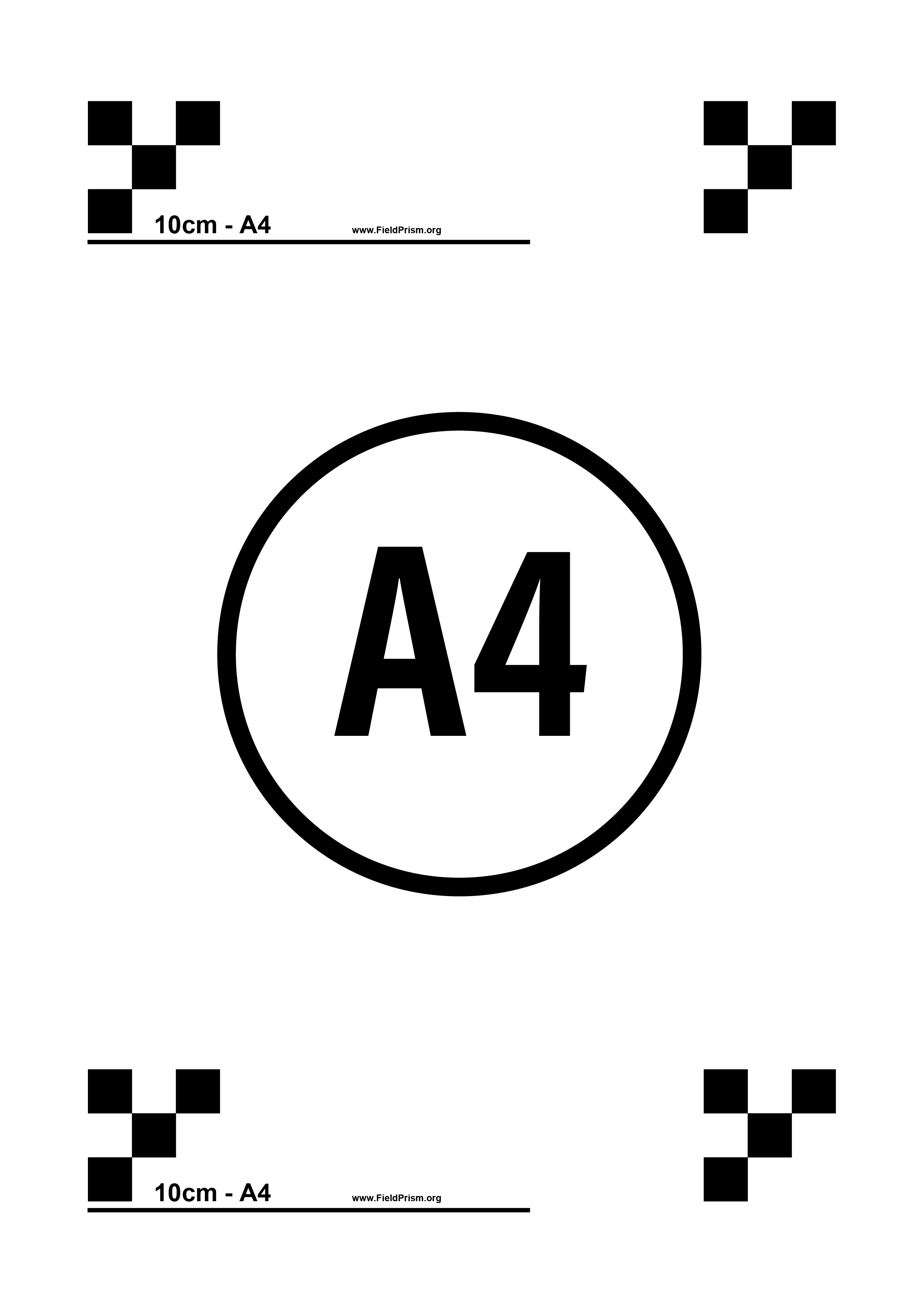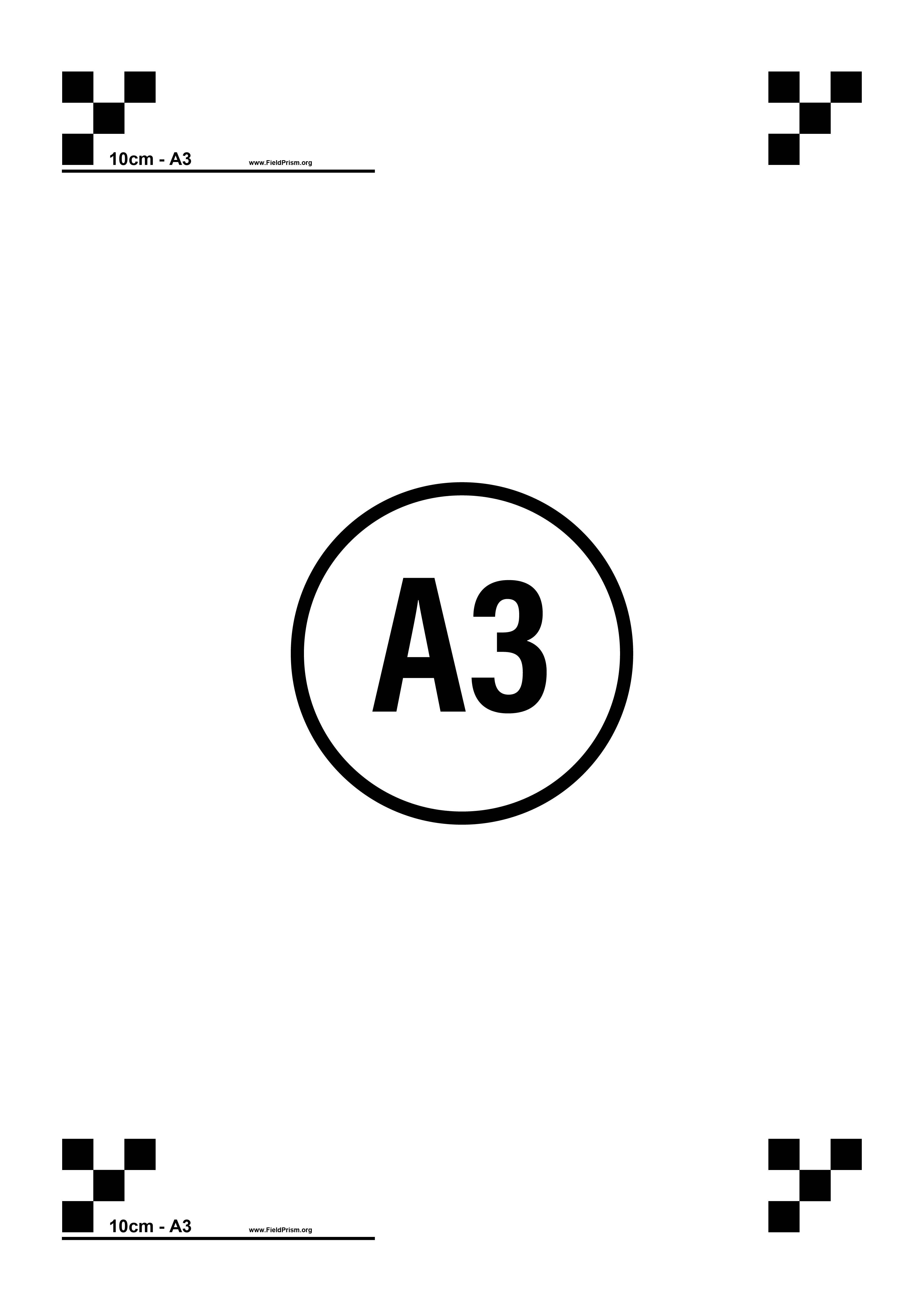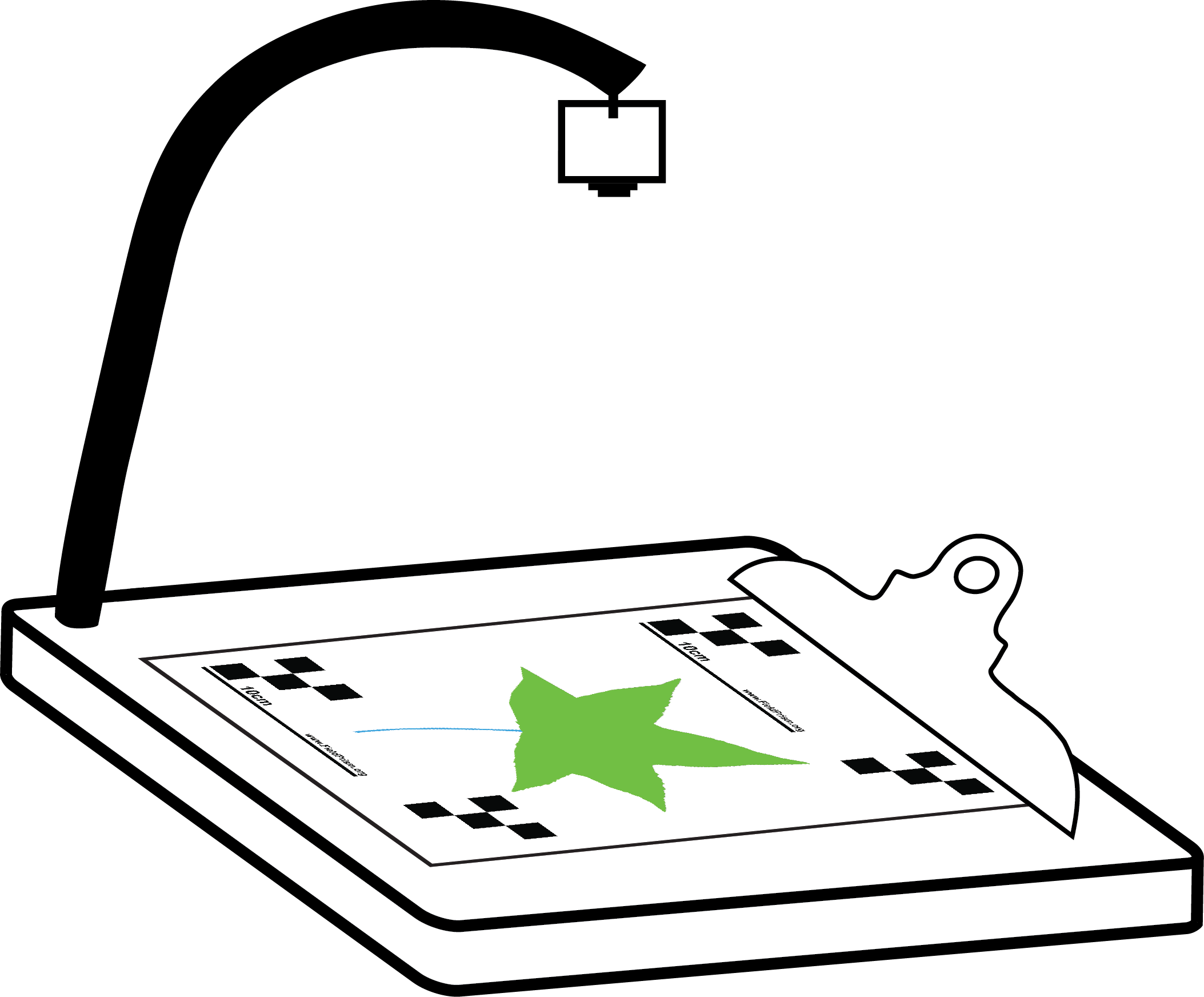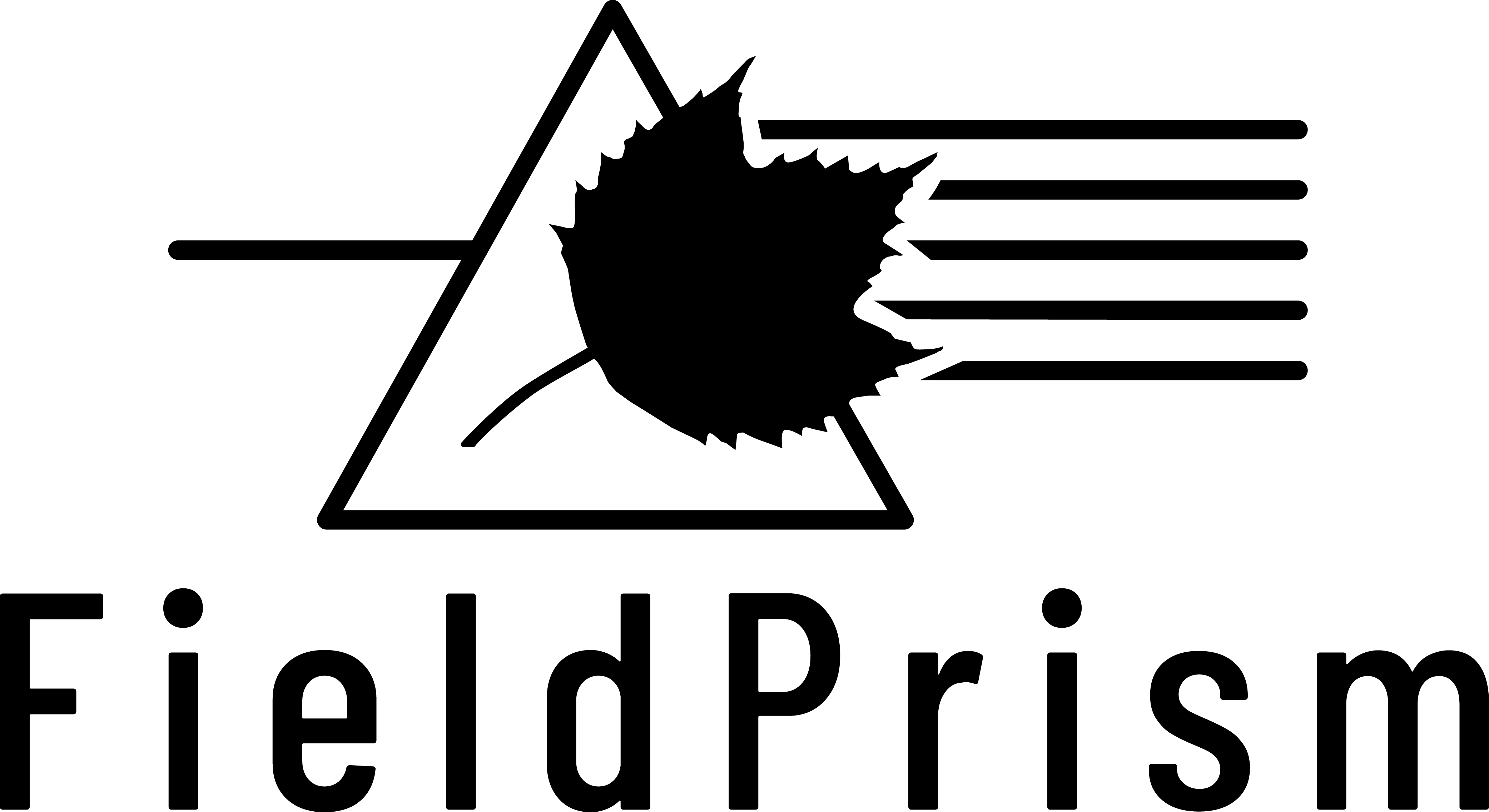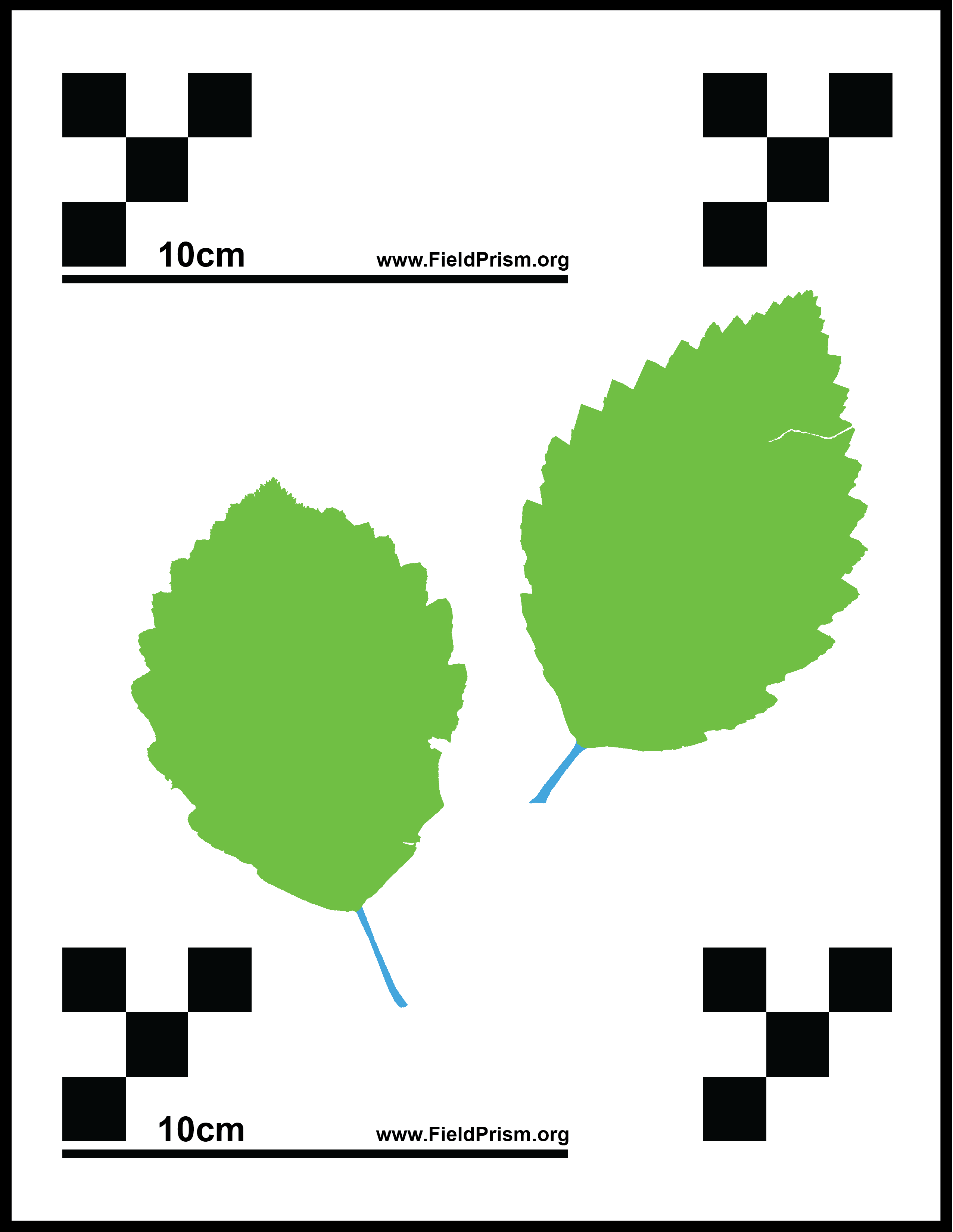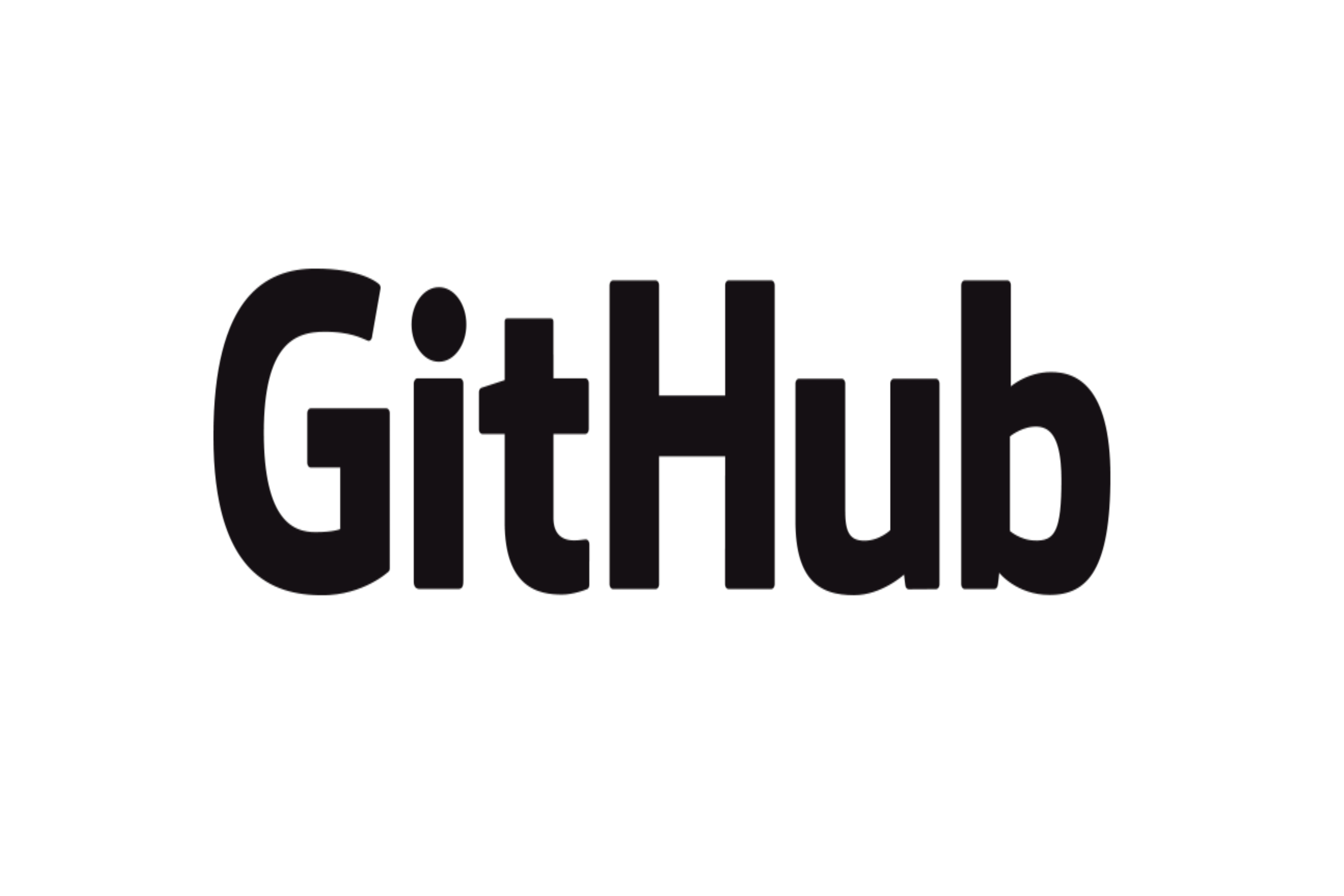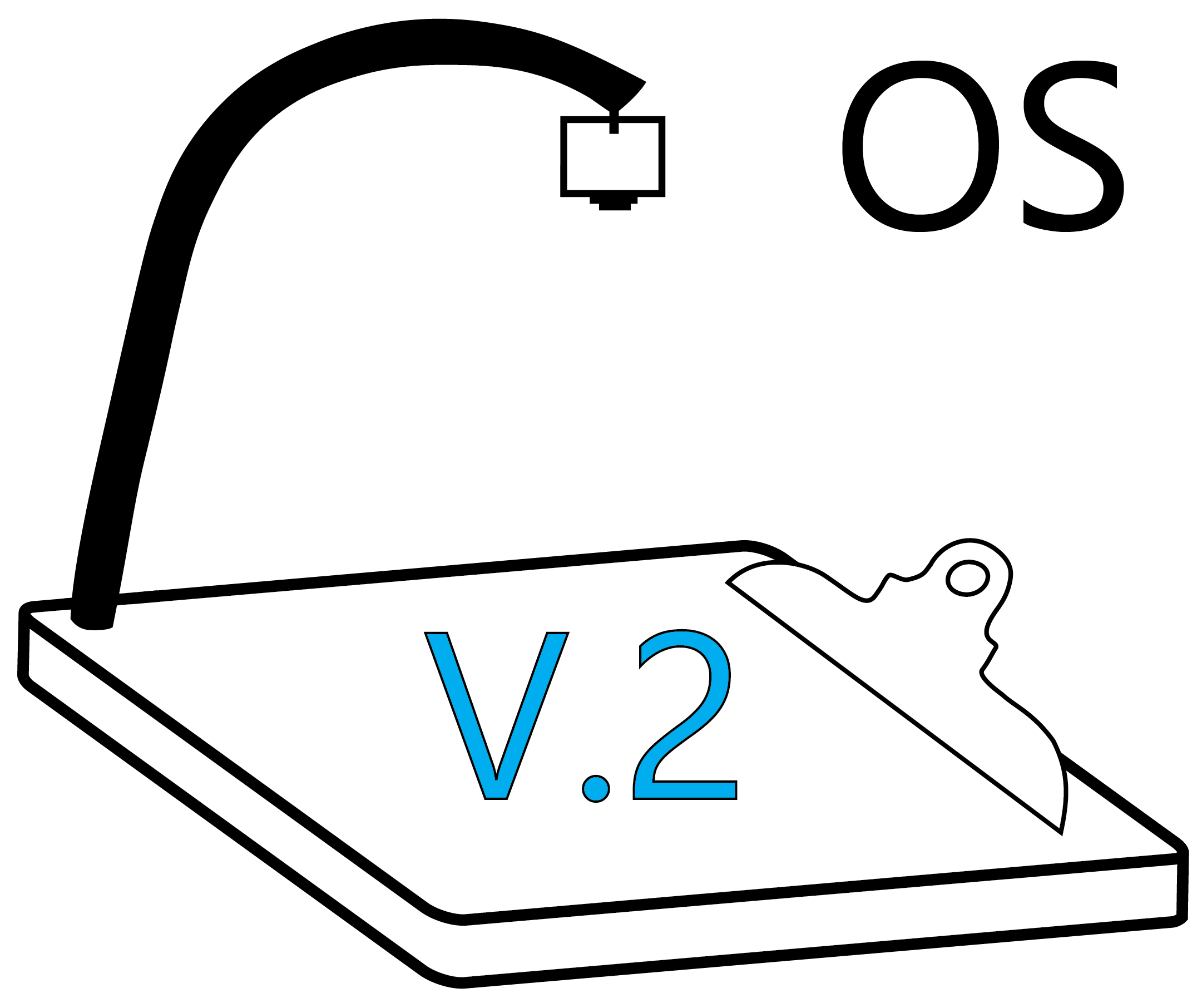FieldPrism: a system for creating snapshot vouchers from field images using photogrammetric markers and QR codes
Abstract
Premise: Field images are important sources of information for research in the natural sciences. However, images that lack photogrammetric scale bars, including most iNaturalist observations, cannot yield accurate trait measurements. We introduce FieldPrism, a novel system of photogrammetric markers, QR codes, and software to automate the curation of snapshot vouchers.
Methods and Results: Our photogrammetric background templates (FieldSheets) increase the utility of field images by providing machine-readable scale bars and photogrammetric reference points to automatically correct image distortion and calculate a pixel-to-metric conversion ratio. Users can generate a QR code flipbook derived from a specimen identifier naming hierarchy, enabling machine-readable specimen identification for automatic file renaming. We also developed FieldStation, a Raspberry Pi-based mobile imaging apparatus that records images, GPS location, and metadata redundantly on up to four USB storage devices and can be monitored and controlled from any Wi-Fi connected device.
Conclusions: FieldPrism is a flexible software tool designed to standardize and improve the utility of images captured in the field. When paired with the optional FieldStation, researchers can create a self-contained mobile imaging apparatus for quantitative trait data collection.
Key Words: digital specimen voucher; fieldwork; machine learning; mobile imaging; photogrammetry; QR code flipbook; field images; snapshot vouchers
Cite FieldPrism
Weaver, W. N., and S. A. Smith. 2023. FieldPrism: A system for creating snapshot vouchers from field images using photogrammetric markers and QR codes. Applications in Plant Sciences 11(5): e11545. doi:10.1002/aps3.11545
Publication Figures

Figure 1: Four different ways to use FieldPrism. (A) Including FieldSheets in citizen science initiative, iNaturalist collections, or general field images can extend the utility of the images beyond their original scope. (B) Pairing a QR code flipbook with FieldSheets enables specimen curation and machine-readable identification for a variety of research. (C) Our mobile imaging system, FieldStation. improves imaging ergonomics, logs GPS coordinates, saves data redundantly, and increases standardization. (D) Our FieldPrism software can correct image and calculate a pixel-to-metric conversion ratio for any image that includes a FieldSheet. QR codes within an image can be decoded to generate a unique specimen identifier for renaming image files.
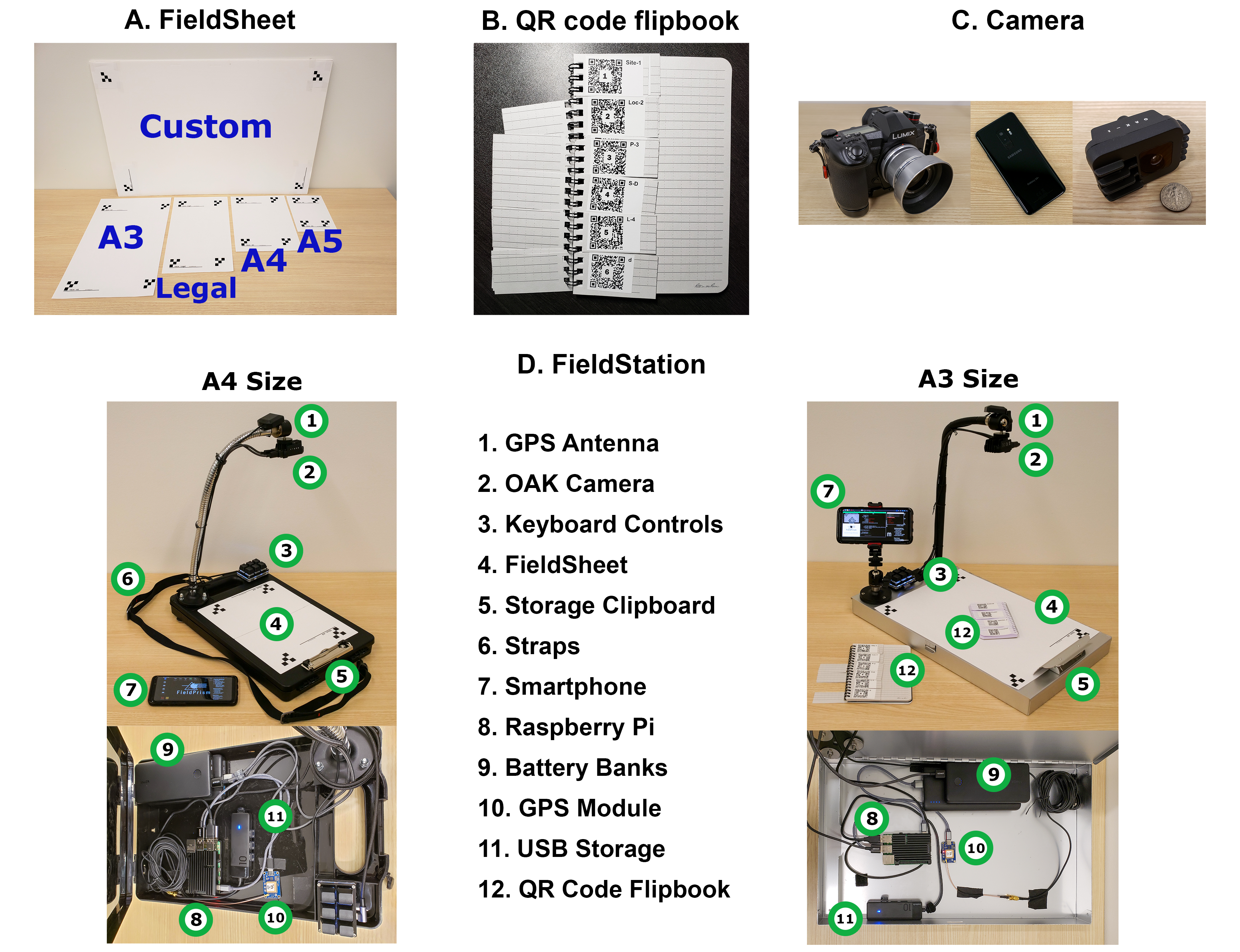
Figure 2: FieldPrism components. (A) Five premade FieldSheet options are available, ranging in size from A5 to A4, legal, A3, and even a custom poster board, to demonstrate non-standard use cases. Tabloid and letter sizes are not pictured. (B) An example of a QR code flipbook with six hierarchical levels printed on waterproof package labels attached to a waterproof memo-sized notebook. (C) Three of the cameras used to validate FieldPrism, from left to right, are a Lumix G9, Samsung Galaxy S9+, and OAK-1. (D) Two FieldStation mobile imaging systems are shown, one designed for A4 or letter-sized FieldSheets (left) and the other for A3 or tabloid-sized FieldSheets and equipped with a smartphone monitor holder (right). The internal components, such as the Raspberry Pi 4, battery banks, GPS module, and USB storage devices, are also visible in the bottom half of both images. Numbers in the images correspond to specific components.
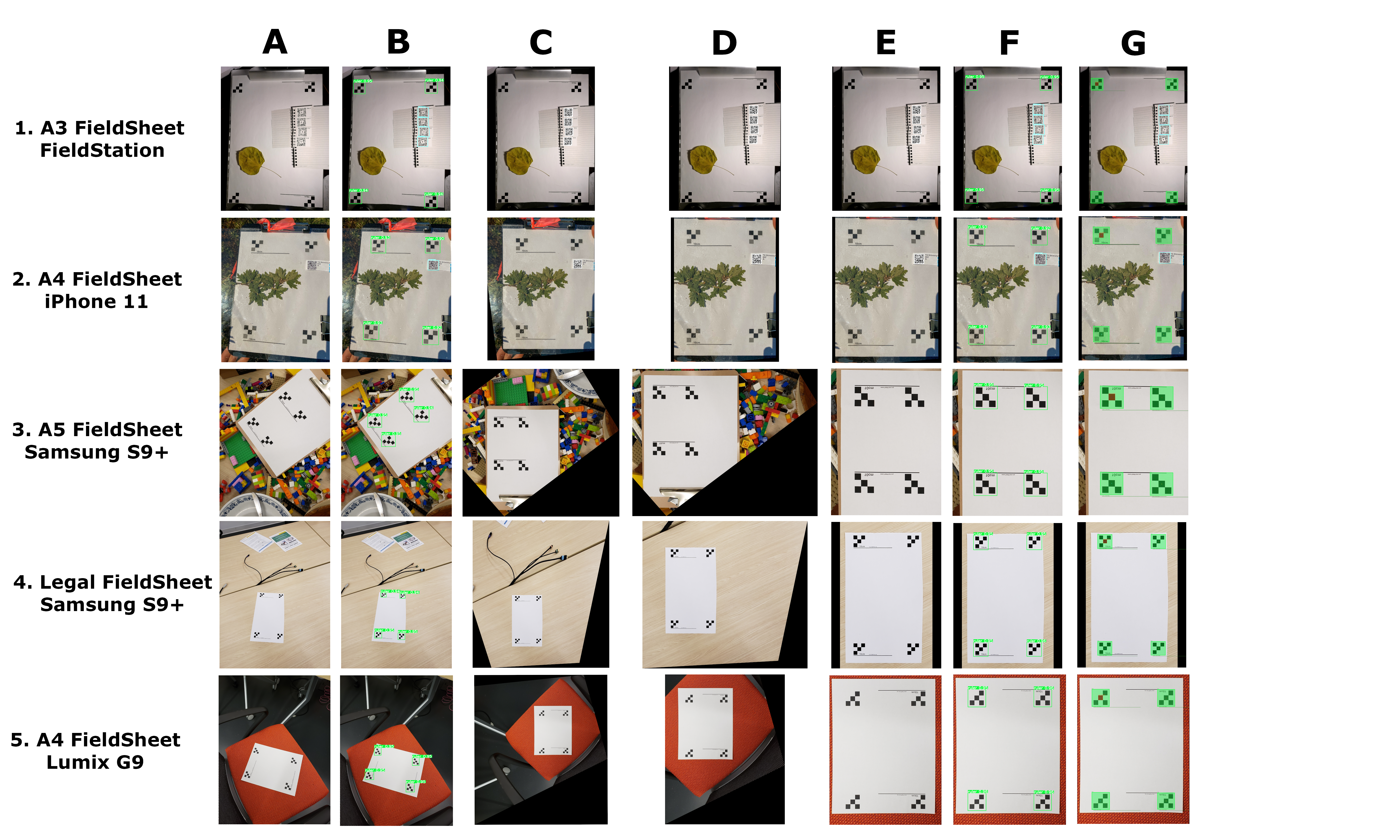
Figure 3: Tracking five images taken with five different cameras and four different FieldSheet sizes as they are processed by FieldPrism. Processed images (columns B-G) are unmodified FieldPrism output images. Row 2 shows an image from our field test using a prototype FieldSheet and QR code, provided by colleagues at the Morton Arboretum. (A) The original unprocessed image. (B) Overlay image showing photogrammetric markers and QR codes identified by our machine learning network. (C) Distortion-corrected image. (D) Top-left justified distortion-corrected image. (E) Uniformly justified distortion-corrected image. (F) Uniformly justified distortion-corrected image with machine learning prediction overlay. (G) Uniformly justified distortion-corrected image with pixel-to-metric conversion verification overlay. Using the conversion ratio, a red 1 cm square and green 10 cm line are overlayed on the FieldSheet for visual confirmation. Users can select between image versions C, D, and E as the final corrected image. Options C and D maintain the original pixel resolution of the image, while option E allows users to configure the final image dimensions (e.g., 3,000 pixels by 4,000 pixels), producing a uniform processed dataset.

